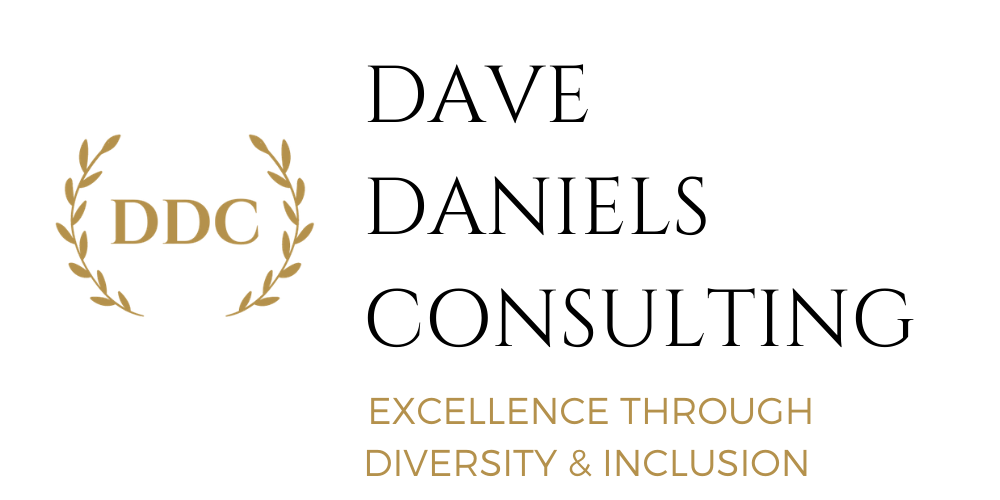In my first two articles, I focused on the selection of the right person to lead your organization’s Diversity and Inclusion (D & I) initiative. With that critical decision made, how do I begin? With best intentions, most companies focus on specific classes, i.e. Unconscious Bias, etc. targeting and attended primarily by employees at mid to lower levels of the organization. The theory is that creating better civil discourse at this level creates a more inclusive and more harmonious workforce.
I have conducted my fair share of D & I learning sessions, and there is some excellent curriculum and instructors out there. Here is my concern. Unfortunately, there are other approaches that do more harm than good. D & I classes occur due to a desire to impact Civil Discourse quickly and positively, especially in today’s polarized world that is seeping into the workplace more and more every day. However, despite the good intentions, impact is minimal and can even be disruptive for the organization. Why??
A vast majority of companies take a tactical approach to D&I implementation, but there’s a far more effective way forward.

A vast majority of companies take a very tactical approach to D & I implementation. D & I education surely seems like the right thing to do. But, there is a far more effective way forward. The DDC Approach takes a very laser focused, strategic process that starts with you, the CEO, and your Executive Leadership Team (ELT). The “Approach” begins with a comprehensive ELT assessment and alignment process that sets the foundation for your company’s 4-5-year strategic D & I journey.
There are several critical steps in the assessment component that produces key definitions and a Vision of Success (VOS) that support your specific culture and its current vision, mission, and values. Most importantly, it allows for ELT input that helps create alignment and integration of DEI while laying a foundation for a strategic roadmap that embraces and supports your vision for the organization.
Achieving success with this part of the process will depend on the skill set of your Chief Diversity Officer (CDO) that you have selected. By now, I’m positive that you are asking yourself: “What’s the potential pitfall to taking this step?” Candidly, I advise NOT moving forward, if you are not prepared to assign a CDO title with this person reporting directly to you, the CEO.
If you are truly committed and believe that the right DEI approach will enhance your strategic results, then move forward. If not, expect mediocre results at best. It starts with the selection of the right person followed closely by the approach that optimizes the overall outcomes and impact that you seek for you organization. Remember, the correct DEI strategy needs to impact EVERY aspect of your business. It can’t be a human resources or PR initiative. It needs to be real.
